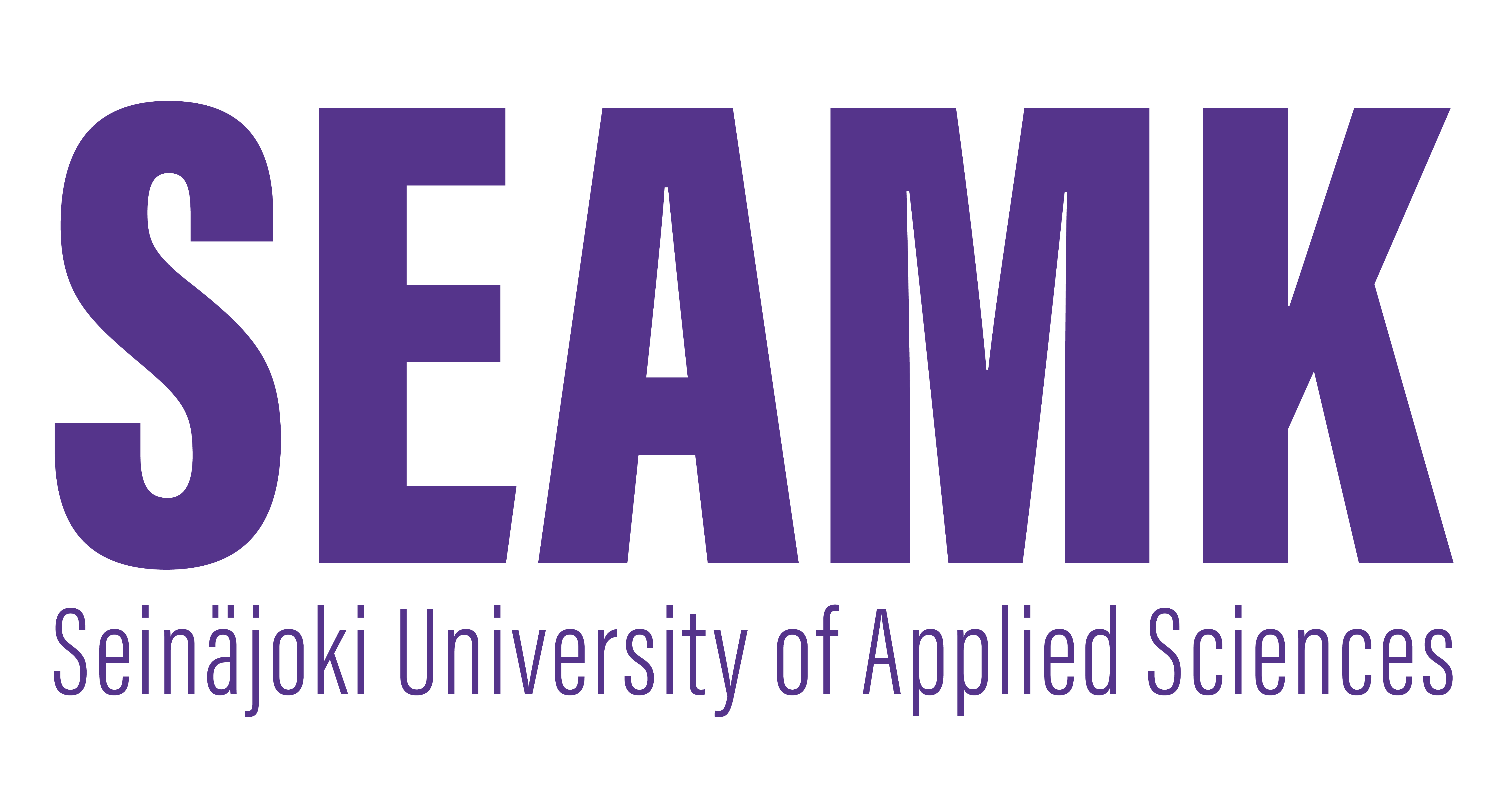Hygienic Design of Food Facilities, Process Lines and Equipment (4cr)
Code: 8B00CX99-3001
General information
- Enrollment
- 22.04.2024 - 04.09.2024
- Registration for the implementation has ended.
- Timing
- 18.11.2024 - 07.03.2025
- Implementation has ended.
- Number of ECTS credits allocated
- 4 cr
- Local portion
- 3 cr
- Virtual portion
- 1 cr
- Mode of delivery
- Blended learning
- Campus
- SeAMK Seinäjoki, Frami
- Teaching languages
- English
- Degree programmes
- Bachelor of Engineering, Food Processing and Biotechnology
- Bachelor of Engineering, Agri-food Engineering
- Teachers
- Gun Wirtanen
- Groups
-
AFE22Bachelor of Engineering, Agri-Food Engineering , full time studies
- Course
- 8B00CX99
Evaluation scale
1-5
Content scheduling
The teaching starts in the middle of November 2024 (in week 47) and ends in February 2025 (in week 8).
Objective
The student is able to understand hygienic design principles of food facilities, process lines and equipment and to apply information, whenever new designs are needed. The student can evaluate features needed in purchasing new equipment or process lines. The course programme is based on existing directives, regulations, standards and guidelines. Furthermore, zoning principles for food processing facilities are taught and the student will learn about cleanability principles of equipment.
Content
Apply hygienic design (HD) principles on equipment, process lines and facilities
Understand challenges in HD
Evaluate how HD affects food safety
Create teams working with HD issues
Understand which HD tools, which should be used in the project work, are available
Develop strategies for making a business case, which can be a part of the project work, in HD
Materials
Course literature:
in the Hygienic Design of Food Facilities, Process Lines and Equipment (8B00CX99)
- The booklet “Practical Hygienic Design” written of Alan Friis, FORCE Technology (link: https://forcetechnology.com/en/articles/practical-hygienic-design-e-book-alan-frii s)
- EHEDG Guideline 8 HYGIENIC DESIGN PRINCIPLES (3rd edition, March 2018)
- SFS- EN 1672-2:2020:en Food processing machinery. Basic concepts. Part 2: Hygiene and cleanability requirements
- EHEDG Glossary (Version 2020/08.G04)
- EHEDG White Paper on Hygienic Design Scopes JI (for building constructors and equipment manufacturers) & JII (for building and equipment users) by Global Food Safety Initiative (GFSI)
Information about the teaching material will also be given on the Moodle page of the course.
Teaching methods
The course is implemented as face-to-face teaching. Students in blended teaching have the opportunity to listen to lectures via Teams.
Information on lecturing material is found below and on the course's Moodle page (information will be added before the course starts).
Employer connections
The entirety of hygienic design programme includes a 4 ECTS practical work course, which will be carried out alone or in pairs. This course as well as the course on Contact Materials in Process Lines and Equipment are prerequsites for the practical course (Project Work in Hygienic Designing).
Exam schedules
The exam will be held in the EXAM facilities in week 8, further possibilities will be announced through the course page on Moodle.
International connections
-
Completion alternatives
-
Student workload
Total amount of work: 108 h
- out of which guided studies: 36 h
- out of which independent studies: 72 h
Assessment criteria, satisfactory (1)
The student knows and understands the basic concepts what is specific for hygienic designs and is able to apply the knowledge in solving common problems. In addition, the student is able to follow instructions.
Assessment criteria, good (3)
The student is well acquainted with the basic concepts in hygienic designs and is able to apply the knowledge in solving different challenges. In addition, the student is able to follow the instructions and is able to present results clearly. He/she is able to combine information with previously learned knowledge.
Assessment criteria, excellent (5)
The student has praiseworthy knowledge in basic concepts of hygienic designs and is able to apply the knowledge in solving questions or challenges. In addition, the student is able to follow the instructions and is able to present results clearly and draw conclusions.
Qualifications
Food microbiology and process hygiene or equal knowledge
Further information
The grade is based on the result of the written exam.
